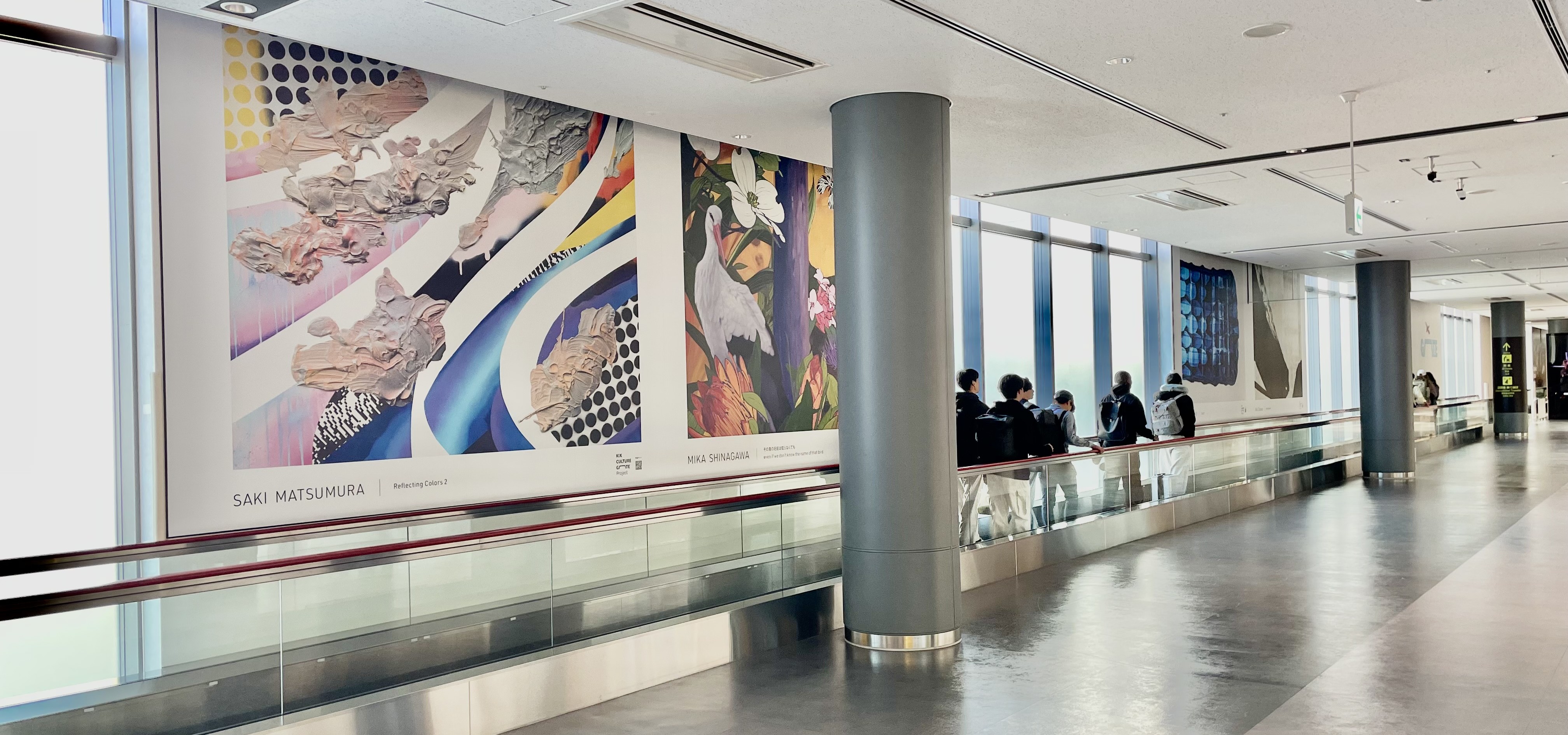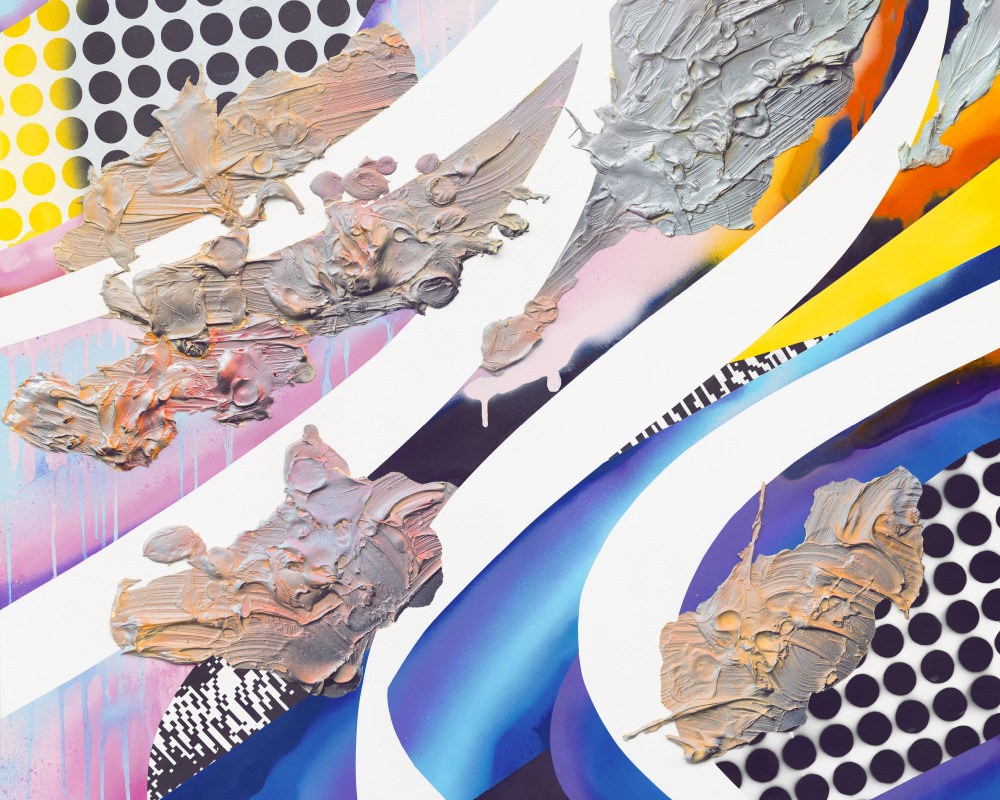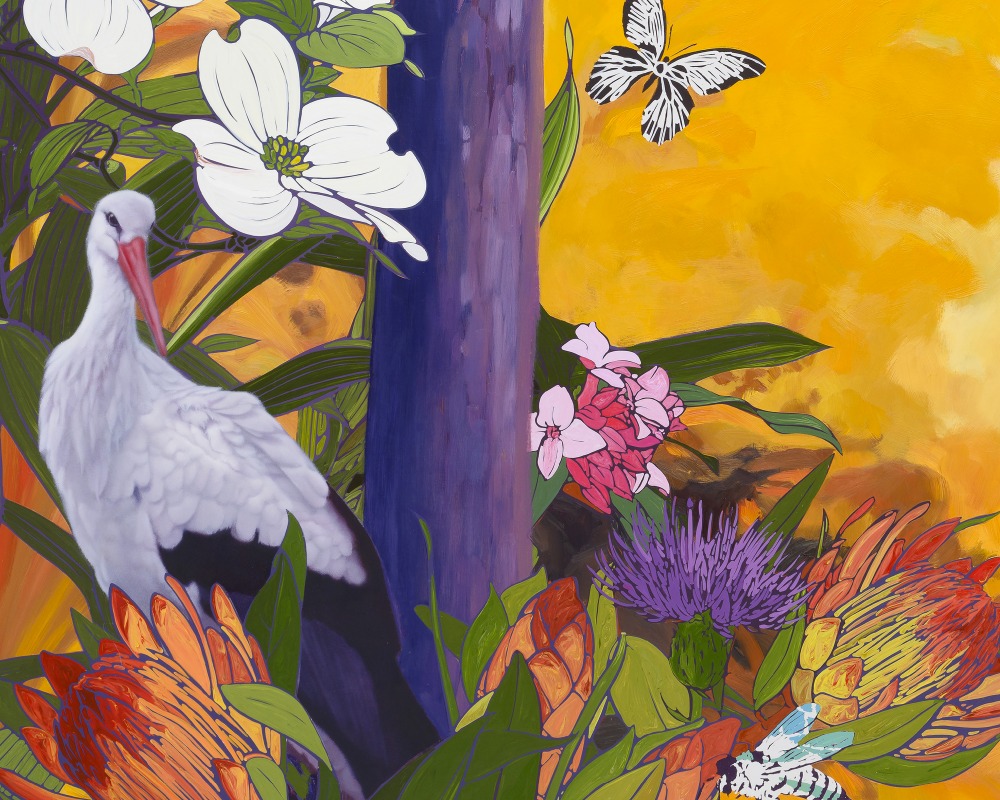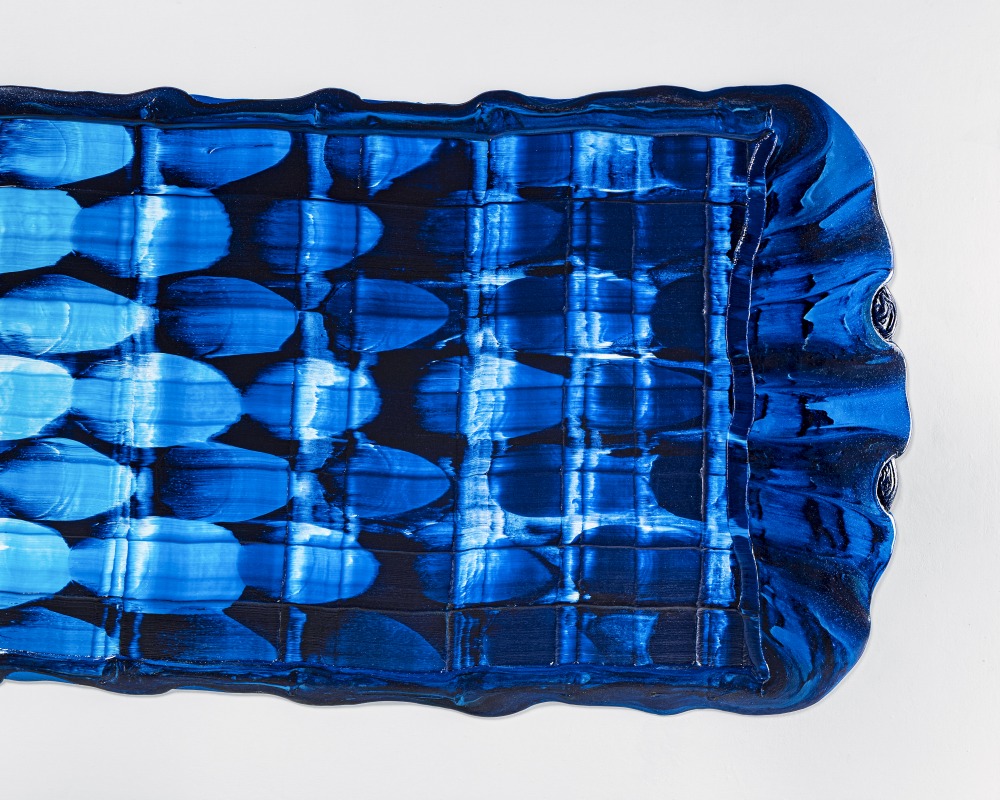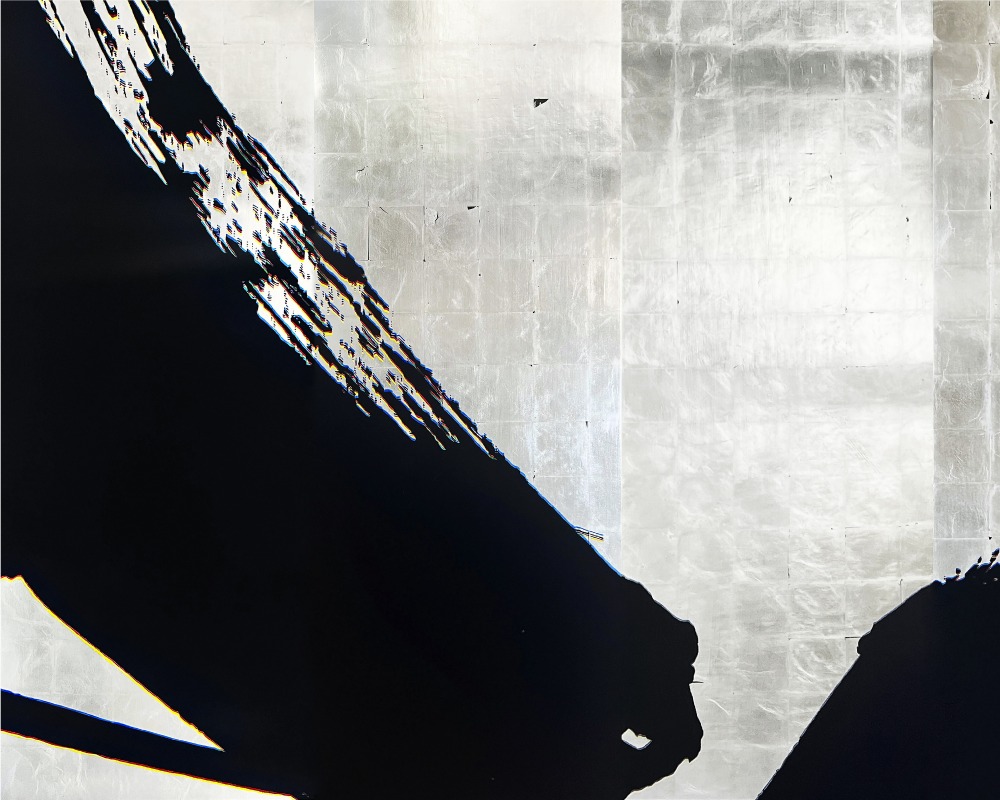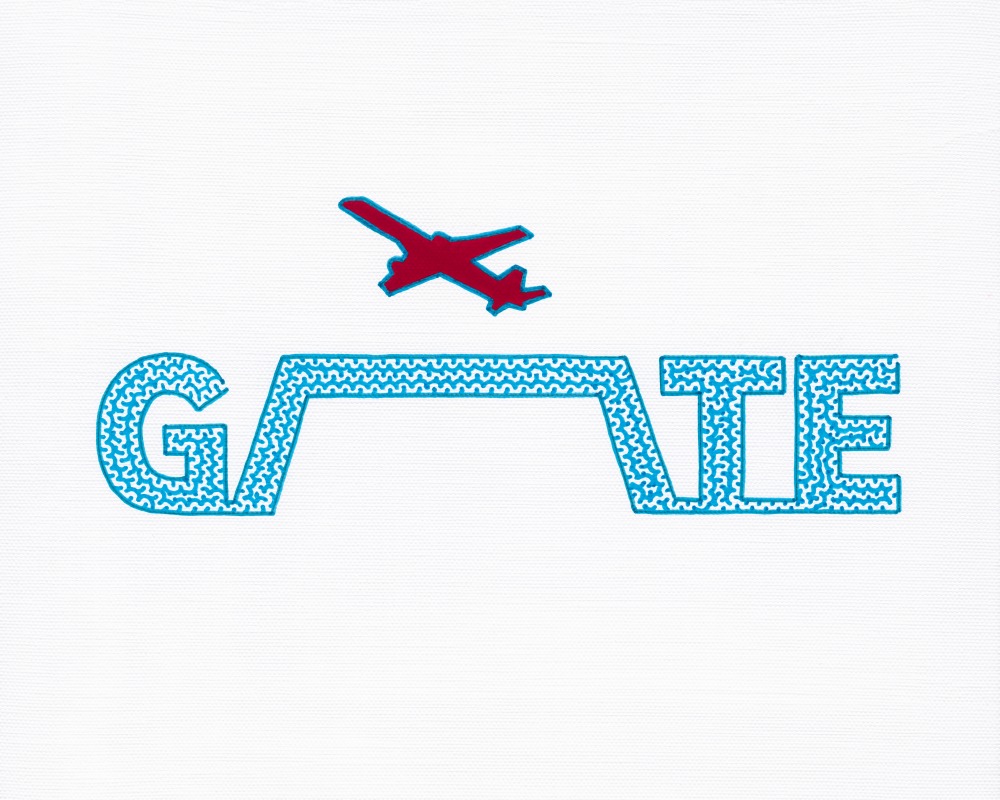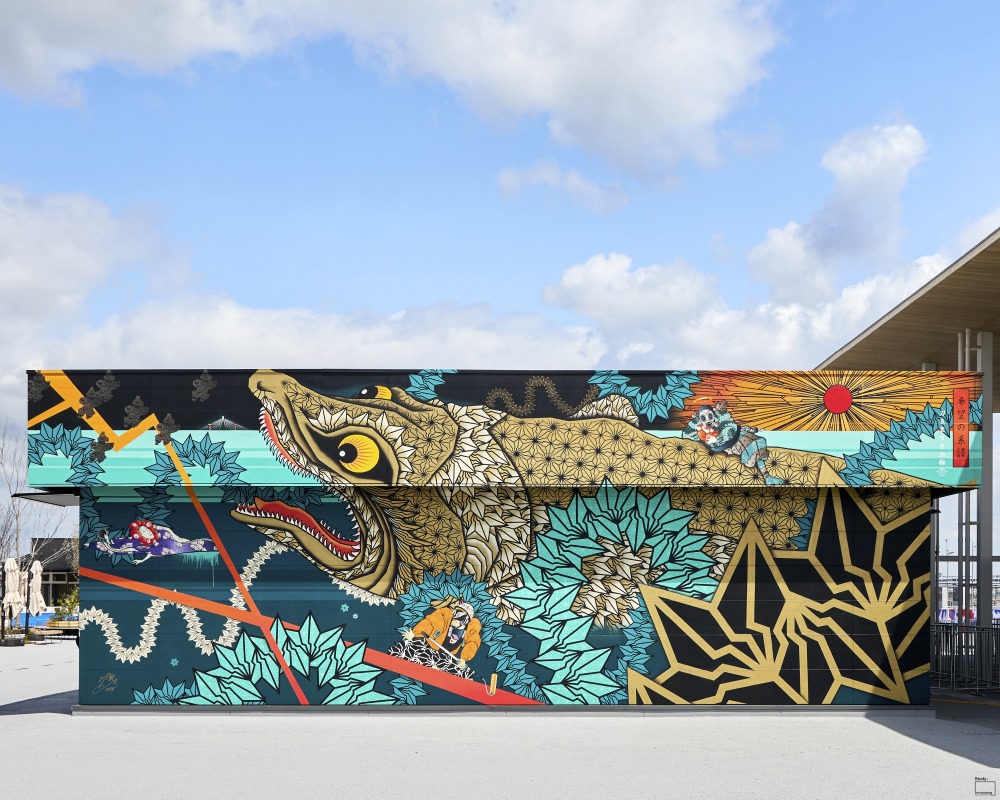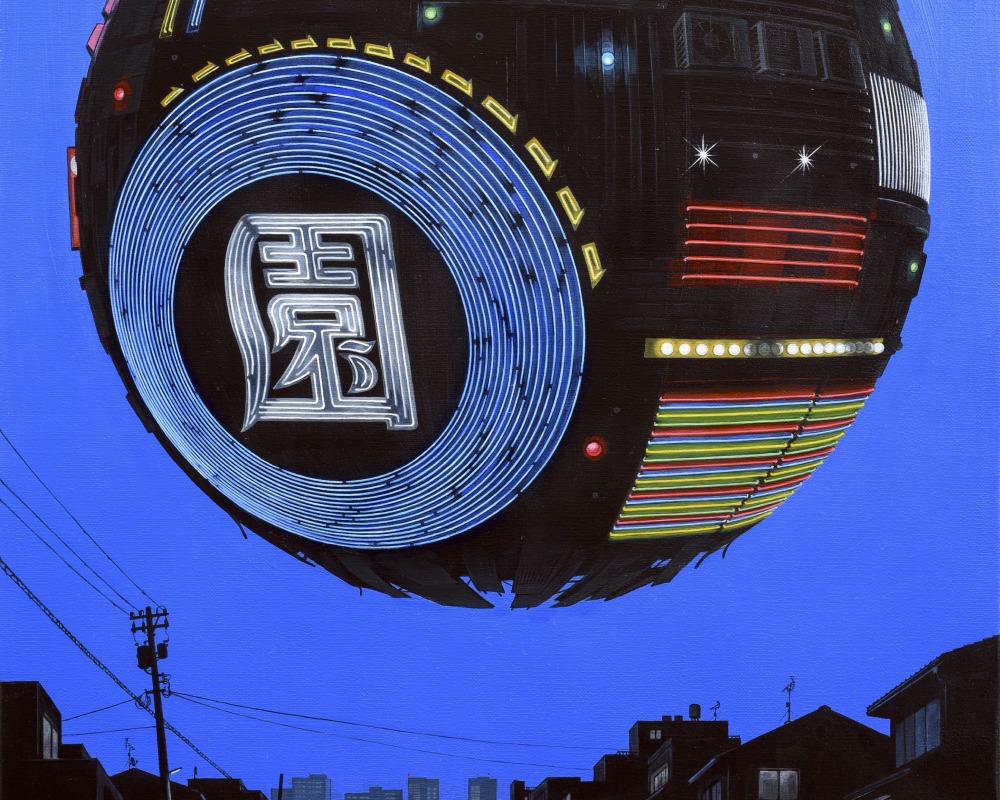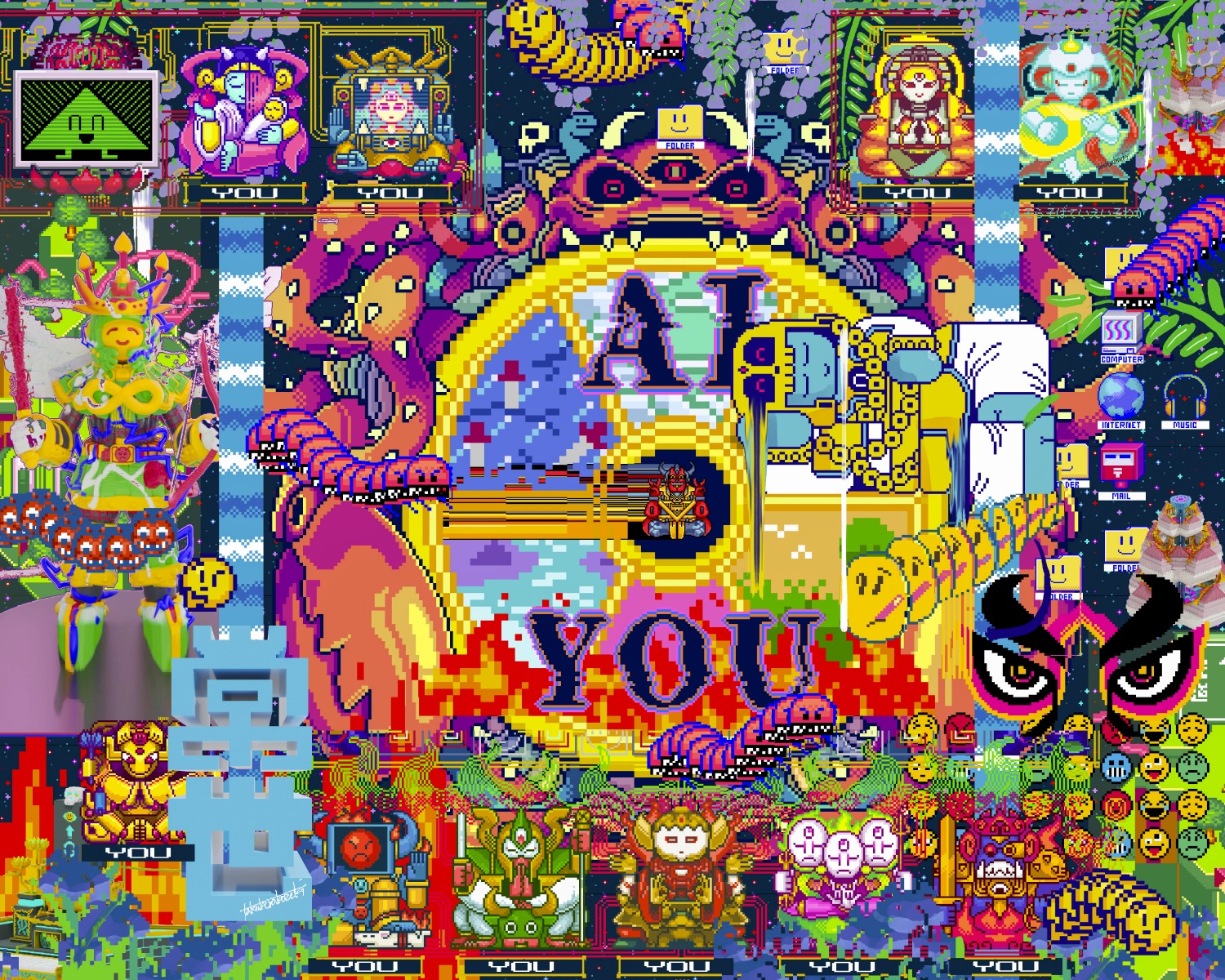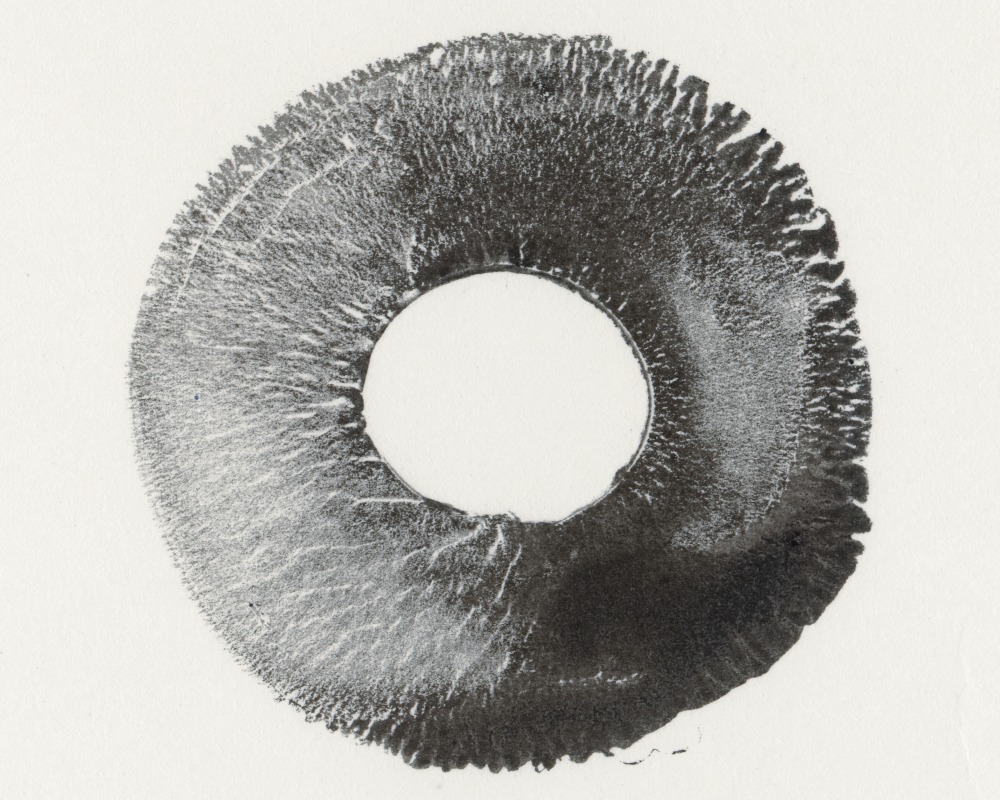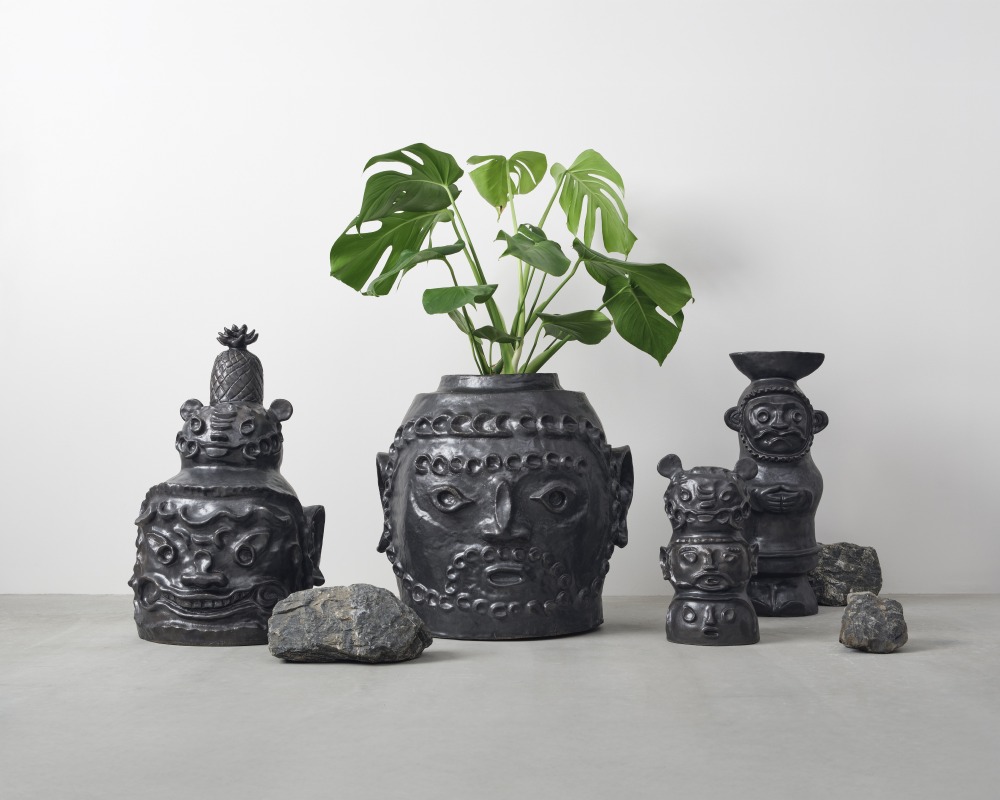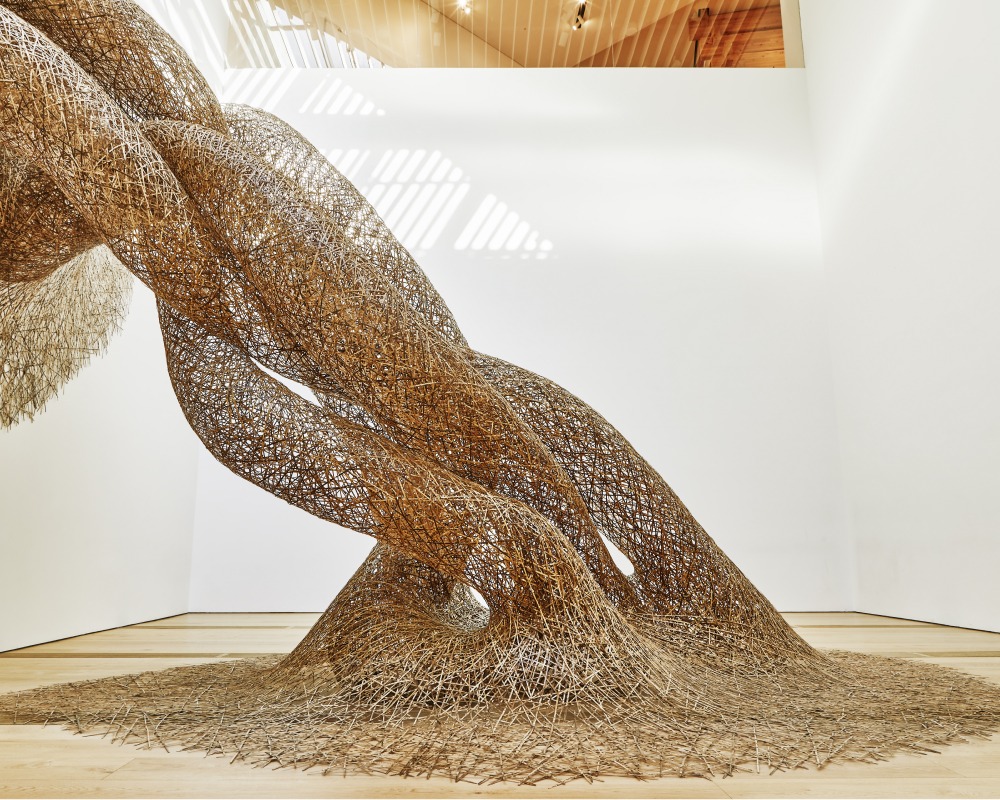Reflecting Colors 2
This work captures the ever-changing expressions of the sky and water against the backdrop of Japan’s natural environment, expressed through color and form.
The fluid shapes and resonating hues evoke the flow of water, symbolizing the cycles of nature and the passage of time.
For travelers and those on their way home, I hope this piece offers a moment to feel the presence of Japan’s landscapes and to recall the personal scenery that lingers in the heart. (Photo: SunM Color)



